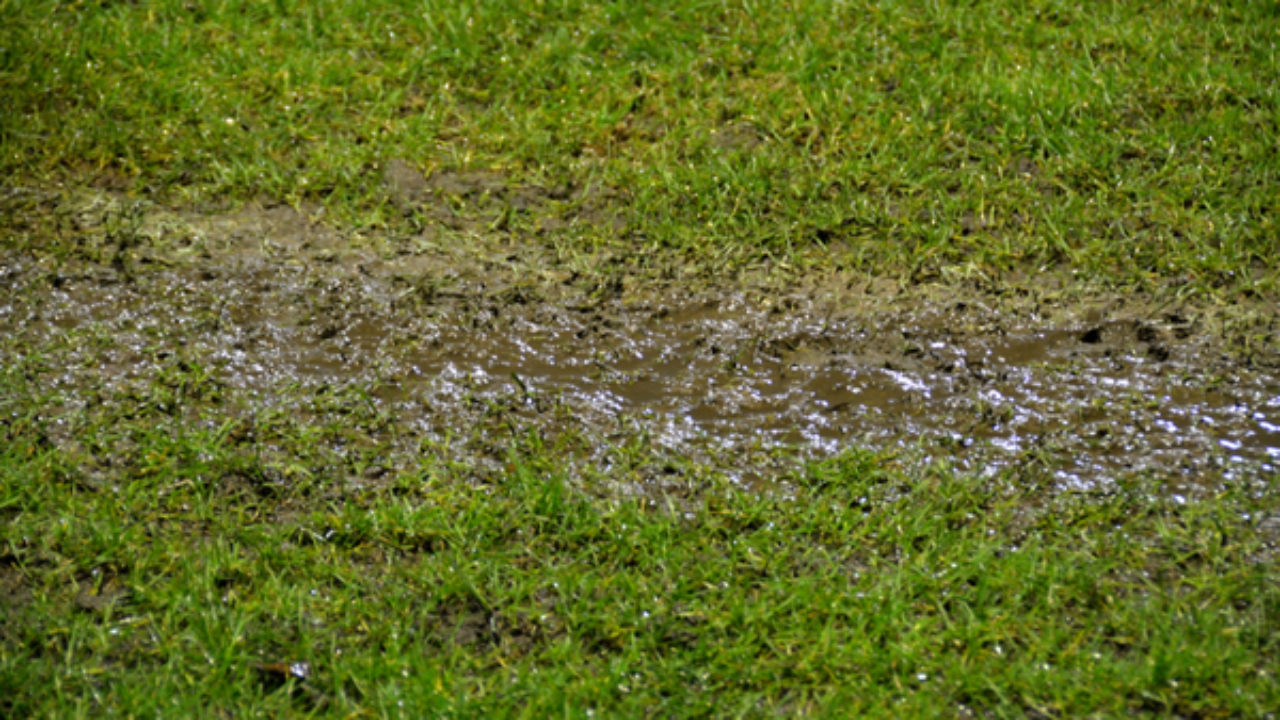This great article listed below relating to Detecting hidden plumbing leaks is especially remarkable. Don't overlook it.

Early detection of leaking water lines can alleviate a possible disaster. Some small water leakages might not be noticeable.
1. Examine the Water Meter
Every residence has a water meter. Checking it is a surefire way that helps you find leaks. For starters, turn off all the water resources. Ensure no person will certainly purge, use the tap, shower, run the cleaning machine or dish washer. From there, go to the meter and also watch if it will change. Given that no person is using it, there must be no activities. That shows a fast-moving leak if it moves. If you detect no modifications, wait a hr or two as well as examine back again. This indicates you may have a sluggish leakage that could also be below ground.
2. Examine Water Usage
Examine your water costs and also track your water intake. As the one paying it, you need to discover if there are any type of disparities. If you identify sudden changes, regardless of your usage being the same, it implies that you have leaks in your plumbing system. Keep in mind, your water bill need to drop under the exact same range on a monthly basis. An unexpected spike in your costs shows a fast-moving leak.
At the same time, a consistent increase on a monthly basis, despite the very same habits, shows you have a sluggish leakage that's also gradually rising. Call a plumber to completely check your home, specifically if you really feel a cozy location on your floor with piping below.
3. Do a Food Coloring Examination
When it comes to water usage, 30% comes from bathrooms. If the shade in some way infiltrates your dish throughout that time without flushing, there's a leakage between the storage tank as well as bowl.
4. Asses Exterior Lines
Don't forget to check your outside water lines also. Examination spigots by attaching a garden pipe. Needs to water seep out of the connection, you have a loose rubber gasket. Replace this and make sure all links are limited. If you've got a sprinkler system, it will assist get it properly examined and also preserved annually. One small leak can squander tons of water and increase your water costs.
5. Check and Analyze the Circumstance
House owners must make it a routine to inspect under the sink counters and also even inside cabinets for any kind of bad odor or mold and mildew growth. These two red flags indicate a leak so prompt attention is needed. Doing routine evaluations, even bi-annually, can save you from a significant problem.
Check for stainings and also compromising as a lot of pipelines as well as appliances have a life expectations. If you think dripping water lines in your plumbing system, do not wait for it to intensify.
Early discovery of dripping water lines can reduce a possible disaster. Some small water leakages might not be noticeable. Checking it is a guaranteed method that assists you uncover leaks. One tiny leakage can waste heaps of water and also increase your water costs.
If you suspect dripping water lines in your plumbing system, do not wait for it to rise.
How to Know If Your Home Has a Hidden Leak
Water Meter Reveals Inexplicable Water Usage
If you’d like to test whether or not there’s a leak somewhere in your home, you can do this using your water meter. Here is how to conduct the test:
Don’t use any water in your home for at least 30 minutes; this also means not turning on faucets or water-using appliances.
Go outside, and check your water meter for activity.
If your water meter shows that there was activity, even though no one was using any water, this proves that there is a leak in your home.Visible Mold or Mildew Growth
Leaks behind walls create moist, dark environments that allow mold and mildew to grow and thrive. Eventually, you might see mold growth forming on the wall closest to a hidden leak.
If mold is growing in an area that receives a high amount of moisture, such as a bathroom, it may simply be an indication that better ventilation is needed. However, if you see mold growth on a wall or the ceiling in an area where you would not expect, you probably have a hidden leak.
Musty, Mildew Odor
Sometimes you might not be able to see the mold or mildew that is growing as a result of a leak. However, the smell can give the problem away just as easily. If you catch a whiff of something musty, there’s a good chance that old water is collecting somewhere in your home that you can’t see.
Stained/Warped Walls, Ceilings, or Floors
When your home soaks up water, a variety of red flags can become visible, including ceiling stains, bubbling drywall, warped walls, and sagging floors. While these issues can be caused by excess humidity, they can also be signs that a pipe or plumbing connection has started leaking behind your walls.
Inexplicably High Water Bill
After a while, you get a general sense for what your water bill should be. If you own a pool or sprinkler system, your bill will tend to be higher during summer. However, if you receive a water bill that seems especially high, and you can’t figure out what caused it, then you may have a hidden leak somewhere that’s increasing your bill.
https://www.plumbingjoint.com/blog/2019/july/how-to-know-if-your-home-has-a-hidden-leak/

As an avid person who reads on Finding hidden leaks, I thought sharing that editorial was a great idea. So long as you enjoyed our page please be sure to share it. Thank you so much for taking the time to read it.